Even in the constantly changing world of digital marketing, email marketing is still a reliable and powerful method for connecting brands with their target market. Reaching new clients and fostering current relationships is now easier and more effective than ever, thanks to the development of advanced email marketing solutions.
Definition of Email Marketing Tools
Specialized software programs created to make the process of developing, sending, monitoring, and evaluating email marketing campaigns easier are known as email marketing tools. With the help of these tools, businesses can efficiently manage their email marketing campaigns, connecting with their target audience, promoting goods and services, and increasing conversion rates.
Importance of Email Marketing in Modern Business
Email may seem outdated in the era of social media and quick messaging apps. Even in the business world, though, it continues to be one of the most effective and direct ways of communication. Through email marketing, businesses may send customized messages straight to a recipient’s inbox, offering a rare chance for one-on-one interaction with potential clients.
Emails have a longer lifespan than social media sites, where content is swiftly buried in a rapidly updating stream. Strategically designed, they have the power to capture the recipient’s interest and compel them to do something—buy something, register for a webinar, or just interact with the business.
Purpose of the Article: Exploring How to Effectively Use Email Marketing Tools
This article’s goal is to provide a thorough understanding of email marketing tools and how organizations can use them to improve their marketing strategy by delving into their various functionalities. This post attempts to give readers the information and abilities they need to fully utilize email marketing in the digital era, from comprehending the various kinds of tools available to applying best practices and examining successful case studies.
The nuances of creating an effective email marketing plan, putting up powerful email campaigns, and optimizing them for maximum engagement and results will become clear as we move through the parts. Readers will have a thorough understanding of email marketing tool technicalities as well as the strategic and creative components that go into creating effective email campaigns by the end of this essay.
Understanding Email Marketing Tools
Definition and Types of Email Marketing Tools
The purpose of this article is to give readers a comprehensive grasp of email marketing tools and how businesses may use them by exploring their numerous features to enhance their marketing strategy. This article aims to provide readers with the knowledge and skills necessary to effectively use email marketing in the digital age. This includes understanding the different types of tools that are accessible, putting best practices into practice, and looking at successful case studies.
As we go through the components, the subtleties of developing an efficient email marketing strategy, launching impactful email campaigns, and optimizing them for optimum engagement and results will become evident. By the end of this article, readers will have a solid understanding of the technical aspects of email marketing tools as well as the strategic and creative elements that go into developing successful email campaigns.
- Email Campaign Management Tools: Essential functionality, including contact list management, scheduling, and email template building, is provided by these programs. For companies looking for simplicity and usability in their email marketing campaigns, they are perfect.
- Marketing Automation Platforms: In email marketing, automation is revolutionary. These systems let companies program automatic email sequences to be sent out in response to particular events or activities. By ensuring prompt and customized communication with prospects and consumers, automation raises engagement levels all around.
- CRM-integrated Email Tools: mail marketing features combined with customer relationship management (CRM) solutions enable organizations to handle client interactions with ease. Targeted and customized email ads based on consumer behavior and preferences are made possible by these solutions that consolidate client data.
Popular Email Marketing Tools in the Market
Email marketing solutions abound in the market, each with its own special set of functions. Some popular platforms that are well-known for their comprehensive features and easy-to-use interfaces are as follows:
- Mailchimp: Mailchimp is a well-liked platform for small and medium-sized enterprises because of its ease of use. It provides comprehensive analytics, automation options, and drag-and-drop email builders.
- HubSpot: Social networking, email marketing, analytics, and CRM are all integrated into HubSpot’s marketing automation solution. Because of its all-in-one strategy, which makes it ideal for companies looking for complete marketing solutions, it is preferred.
- Constant Contact: Constant Contact is an easy-to-use application that’s great for novices. It offers social network integration, list management, and customizable email templates. Businesses searching for simple email marketing solutions frequently select them.
Features and Capabilities of Email Marketing Tools
A variety of features are included in email marketing solutions to improve the user experience and campaign efficacy:
- Drag-and-Drop Editors: Without any prior coding experience, organizations may design aesthetically pleasing email templates with these user-friendly editors. It is easy for users to add buttons, text, photos, and other items.
- Analytics and Reporting: Tools for email marketing provide in-depth analysis of campaign effectiveness. Metrics such as open rates, click-through rates, and conversion rates assist companies in evaluating the success of their marketing initiatives and in making informed decisions.
- A/B Testing: A/B testing, a useful tool for campaign optimization, lets companies test various email components (headers, body copy, and calls to action) on a representative group of users. By examining which variety performs better, future campaigns can be improved for increased engagement.
Businesses can investigate the depths of email marketing by having a solid understanding of the complexities of these tools and their possibilities. We will explore the tactics and methods required to successfully utilize these resources and run email marketing campaigns in the sections that follow.
Building an Email Marketing Strategy
Defining Goals and Objectives
Setting definite objectives is essential when launching email marketing initiatives. Setting specified, measurable, achievable, relevant, and time-bound (SMART) goals gives the email marketing plan a clear direction, regardless of the goal—increasing sales, increasing website traffic, or improving brand awareness.
Identifying Target Audience
Creating pertinent and interesting email content requires a thorough understanding of the intended recipient. Companies must examine the characteristics, inclinations, actions, and spending habits of their target market. With this information, emails may be customized to speak to the unique requirements and preferences of various client segments, increasing the possibility that they will be converted.
Creating a Segmented Email List
Sorting the email list according to several parameters, including geography, past purchases, or degree of participation, is known as segmentation. Businesses may send highly targeted and tailored emails using segmented lists, which increases the likelihood of recipient engagement and conversions. For instance, new subscribers can receive a welcome series introducing them to the brand, while devoted customers might receive exclusive deals.
Crafting Engaging and Relevant Content
The core of email marketing is content. Emails must be interesting, useful, and educational, whether they are promotional offers, newsletters, or instructional materials. Companies should concentrate on producing content that speaks to their audience, addressing their problems, and offering answers. Storytelling, personalization, and eye-catching designs all add to the email content’s overall appeal.
Understanding the Importance of Design and Formatting
The way an email is formatted and designed affects how much the recipient reads it. Given that more people are accessing their emails on smartphones and tablets, mobile responsiveness is essential. Effective subject lines, well-organized body information, eye-catching images, and thoughtfully positioned CTAs (call to action) improve the user experience and motivate recipients to perform desired activities, such as clicking a link or making a purchase.
Setting Up an Email Marketing Campaign
Creating an Account with an Email Marketing Tool
Choosing an appropriate email marketing tool and setting up an account are the initial steps in starting an email marketing campaign. Businesses can test out the interface and functionalities of most platforms with free trials or basic plans before committing. Businesses must include crucial data during the setup process, such as contact details, branding components, and company facts, to guarantee a consistent and professional image in all correspondence.
Importing and Organizing Email Contacts
Tools for email marketing make it easier to import preexisting contact lists. Segmenting contacts according to their demographics, past purchases, or degree of engagement is crucial. Targeted messaging is made possible by organized lists, which guarantee that receivers receive information according to their interests. A healthy email database is maintained by routinely updating and purging the contact list of inactive or unsubscribed subscribers.
Designing Eye-Catching Email Templates
Businesses can adapt a range of pre-designed templates offered by most email marketing systems to match their identity. As an alternative, companies can start from scratch and design custom templates to guarantee a distinctive and expert look. An eye-catching email template has eye-catching images, well-balanced color schemes, and distinct branding features.
Personalizing Emails for Better Engagement
Customization extends beyond referring to recipients by name. Email marketing platforms enable companies to customize messages according to recipient information, such as previous purchases or browsing patterns. Customized product recommendations, special offers, or personalized recommendations raise the email’s relevancy and increase the chance that the recipient will click through and convert.
Scheduling and Sending Email Campaigns
A key factor in the success of email marketing is timing. Companies are able to plan ads according to the time zones and habits of their recipients. Email marketing tools come with the ability to schedule emails ahead of time so that they arrive on time. In order to guarantee consistent engagement even in the absence of manual participation, organizations can also build up automatic campaigns to be triggered by certain events, like birthdays or abandoned carts.
An email marketing strategy must be carefully planned and carried out. Through the utilization of email marketing solutions, companies can optimize every step of the process, from creating aesthetically pleasing emails to guaranteeing accurate scheduling and customization. The analysis of campaign performance and strategy optimization for improved outcomes will be the main topics of the next sections.
Analyzing and Optimizing Email Campaigns
Understanding Email Analytics
A key factor in the success of email marketing is timing. Companies are able to plan ads according to the time zones and habits of their recipients. Email marketing tools come with the ability to schedule emails ahead of time so that they arrive on time. In order to guarantee consistent engagement even in the absence of manual participation, organizations can also build up automatic campaigns to be triggered by certain events, like birthdays or abandoned carts. An email marketing strategy must be carefully planned and carried out. Through the utilization of email marketing solutions, companies can optimize every step of the process, from creating aesthetically pleasing emails to guaranteeing accurate scheduling and customization. The analysis of campaign performance and strategy optimization for improved outcomes will be the main topics of the next sections.
Interpreting Data to Improve Campaign Performance
Understanding client behavior is a key component of email analytics analysis, which goes beyond simple numerical observation. While low CTRs may hint that more engaging content is needed, high open rates suggest attractive subject lines. It’s important to regularly clean your email list because old email lists may be the cause of high bounce rates. Businesses can effectively refine their future campaigns by identifying their strengths and weaknesses through the interpretation of these analytics.
A/B Testing: Experimenting with Subject Lines, Content, and CTAs
One useful email marketing strategy is A/B testing, often known as split testing. The process entails distributing two email versions (A and B) with varying subject lines, content and calls to action to distinct audience segments. Businesses can ascertain which components are more resonant with the audience by comparing the performance of these variants. Businesses can improve their emails for maximum engagement and conversions by using A/B testing, which offers actionable insights.
Implementing Feedback and Adjusting Strategies Accordingly
For email marketers, feedback is a goldmine of data. Encouraging recipients to respond directly or through surveys might yield insightful information about their preferences. Companies ought to pay close attention to this input and modify their plans as necessary. Feedback-driven changes increase the overall efficacy of email marketing efforts by improving content, frequency, or communication tone, among other things.
Case Studies and Success Stories
This section explores actual company successes that have tapped into the power of email marketing. These case studies demonstrate the use of previously described methodologies and provide insightful examples. By analyzing the strategies used, readers obtain important knowledge for creating their own effective campaigns.
Real-Life Examples of Successful Email Marketing Campaigns
Discover motivational tales of companies that used smart email marketing to dramatically increase customer engagement and sales. These case studies, which range from startups to well-established businesses, demonstrate the various ways that email campaigns can be customized for various industries and audience groups.
Analyzing Strategies Employed by Successful Businesses
Examine in depth the strategies used by prosperous brands. We analyze the subject lines, content, and calls to action in their campaigns to see what resonated with the receivers. Through comprehension of these techniques’ subtleties, readers might modify comparable strategies to fit their own marketing objectives.
Key Takeaways from Case Studies
Extrapolate important lessons and conclusions from the case studies that have been examined. These insights offer readers practical advice on anything from deciphering the art of personalization to comprehending the psychology underlying customer behaviors. Businesses can improve the performance of their email marketing efforts by implementing the lessons learned.
Conclusion
Finally, this thorough guide has explored the ever-evolving world of email marketing tools and emphasized how important they are to contemporary business tactics. We have gone over defining, comprehending, and investigating the categories of these instruments. Most importantly, we’ve broken down the process of creating an effective email marketing strategy, from identifying goals and target audiences to creating eye-catching designs and content.
A successful email marketing campaign requires a number of complex stages, such as account creation, contact organization, message personalization, and scheduling. We’ve also discovered the keys to deciphering data, evaluating campaigns using solid analytics,
and improving plans through the use of A/B testing and feedback. In addition, we have provided priceless best practices, ensured legal compliance, pointed out typical traps to avoid, and provided advice on how to create interesting content and easily integrate email marketing with other channels. We looked at real-world case studies to support these lessons, revealing the tactics used in prosperous campaigns. Not only do these tales motivate readers, but they also offer practical advice that they can use in their own pursuits.
In conclusion, it is impossible to exaggerate the importance of using efficient email marketing tools and techniques. Keep in mind the main lessons you learned from this tutorial as you set out on your marketing adventure.
You’re not just sending emails by putting these insights into practice; you’re also building relationships, interacting with audiences, and accelerating business growth. Accept the advice given here, and you’ll see your email marketing efforts grow into effective tools for success. We appreciate you coming along for this insightful tour of email marketing. It’s your chance to create campaigns that engage your audience and provide outstanding results now that you have the knowledge and tactics at your disposal. I wish you luck as you pursue your marketing goals!
[FAQ]
What are email marketing tools, and why should I use them?
Email marketing tools are software platforms designed to help businesses create, send, and manage email campaigns. They can automate tasks, track performance, and improve engagement, making them essential for effective email marketing.
How can email marketing tools help with audience segmentation?
Email marketing tools allow you to divide your email list into smaller segments based on criteria like demographics, behavior, or preferences. This enables you to send more targeted and personalized messages to different groups, improving engagement and conversion rates.
How do I measure the success of my email marketing campaigns using these tools?
Email marketing tools provide analytics on open rates, click-through rates, conversion rates, and more. You can track these metrics to assess the performance of your campaigns and make data-driven decisions to improve your email marketing strategy.


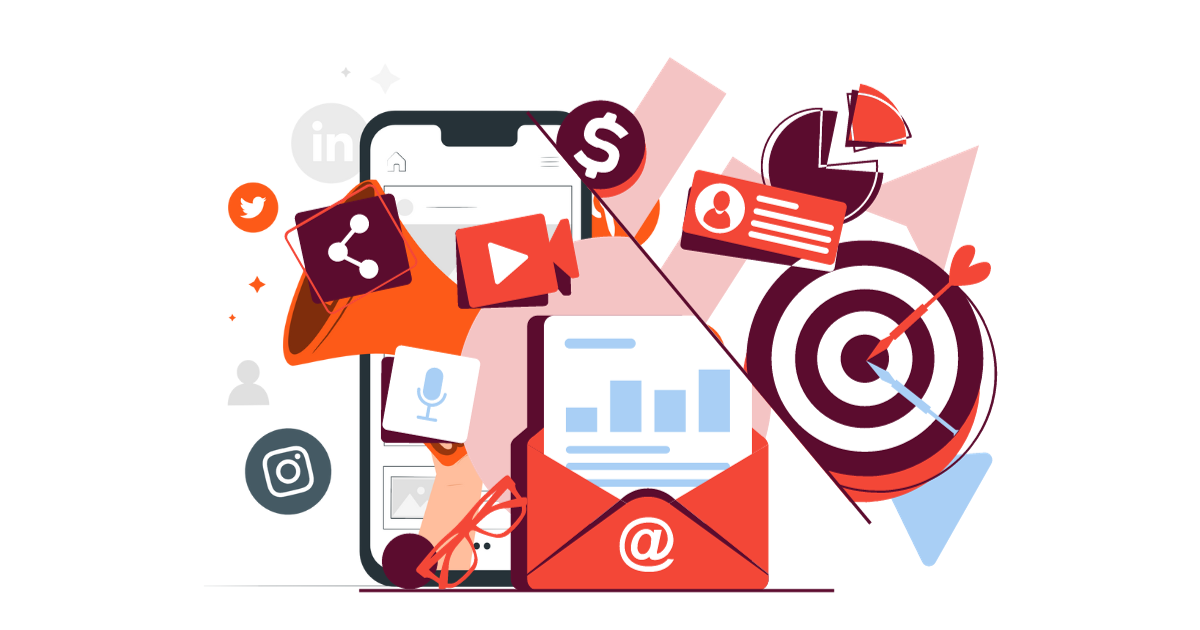

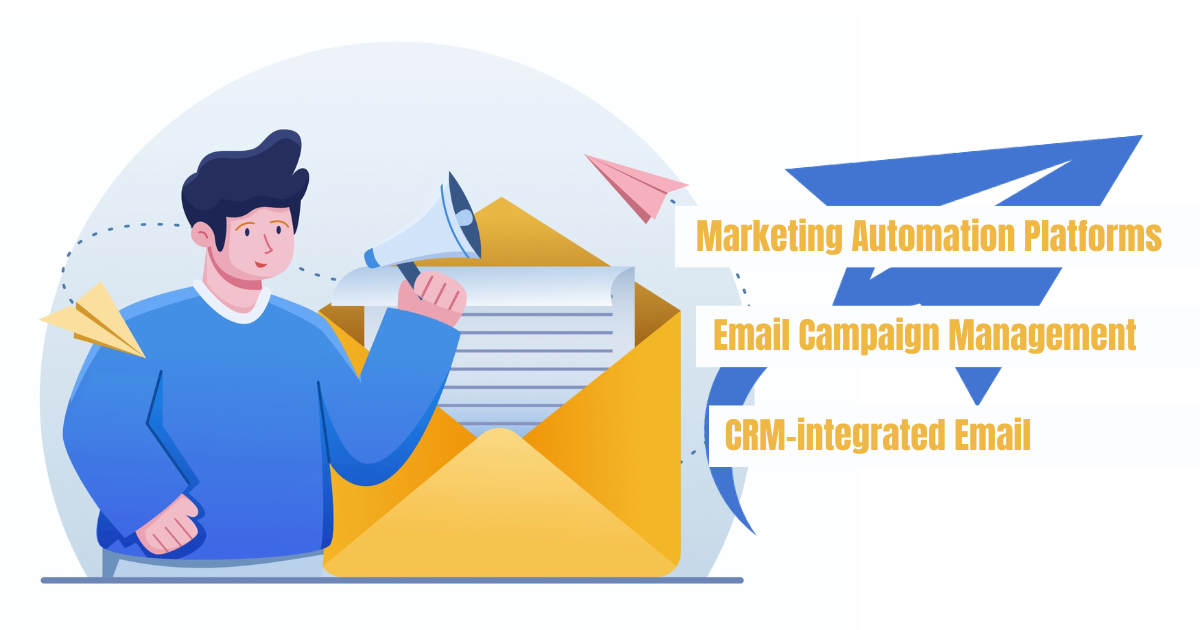
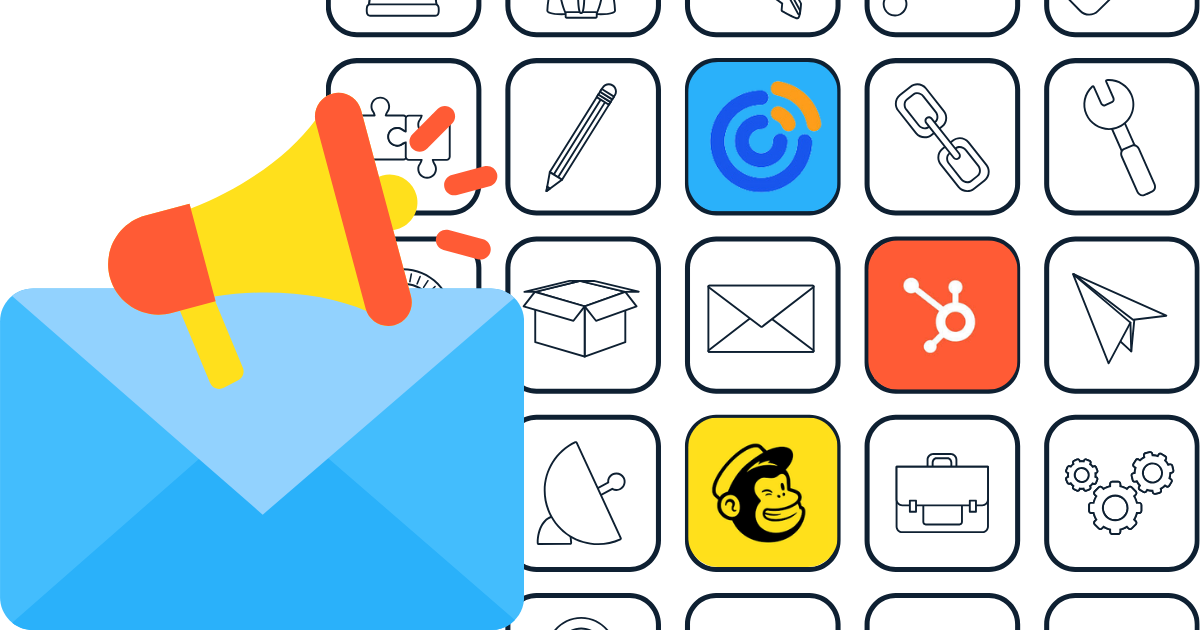
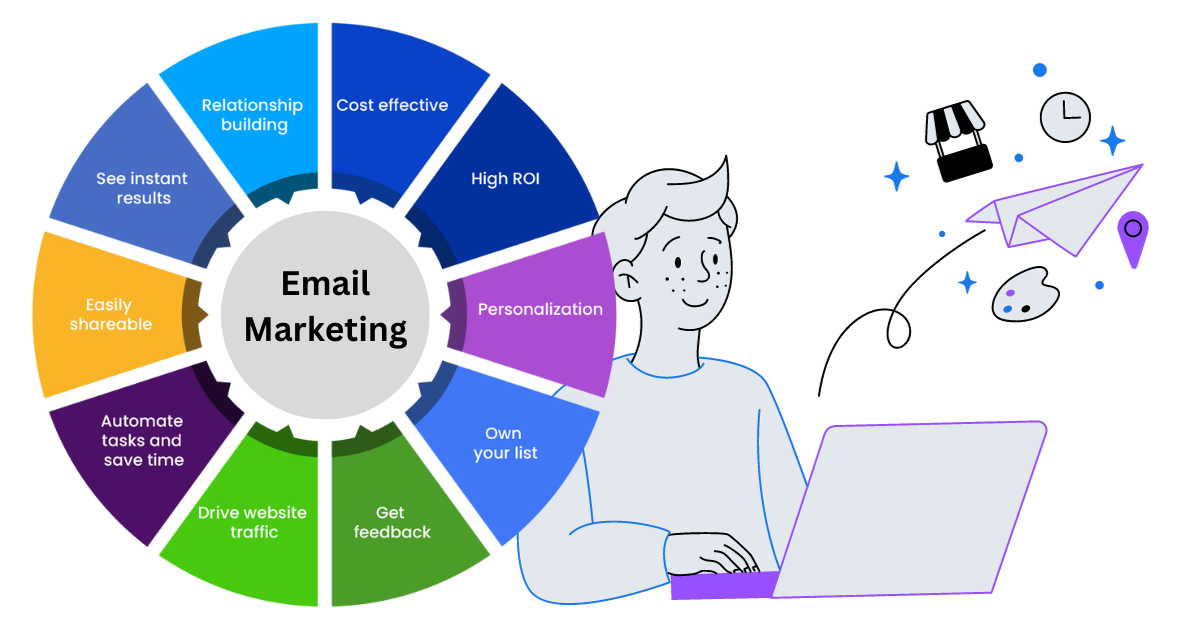
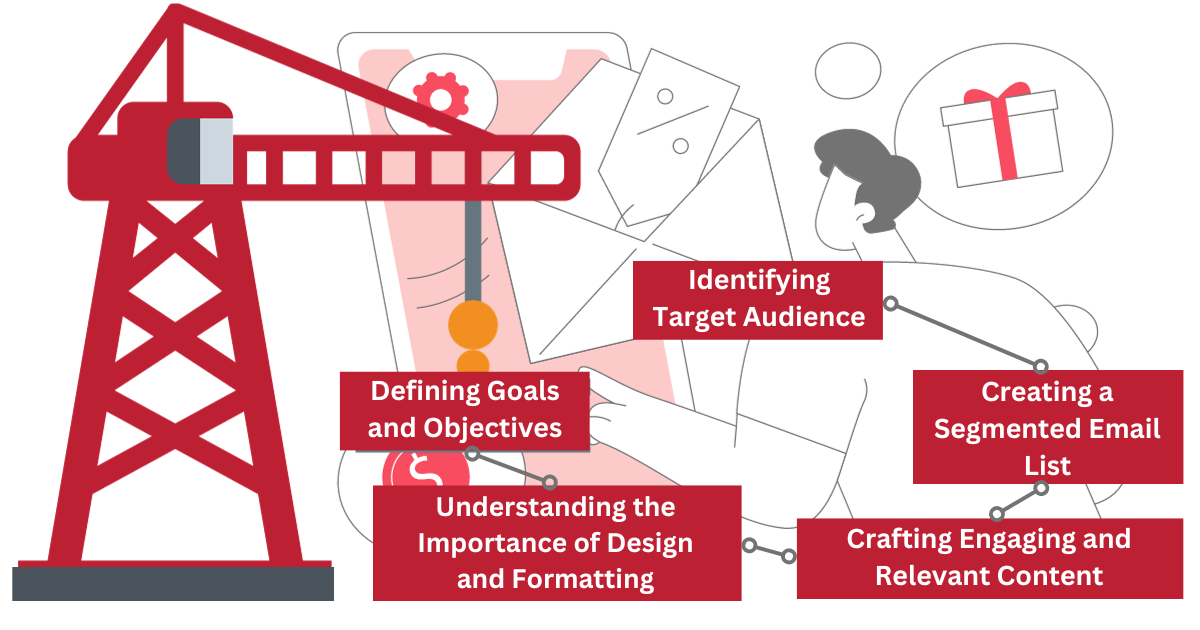



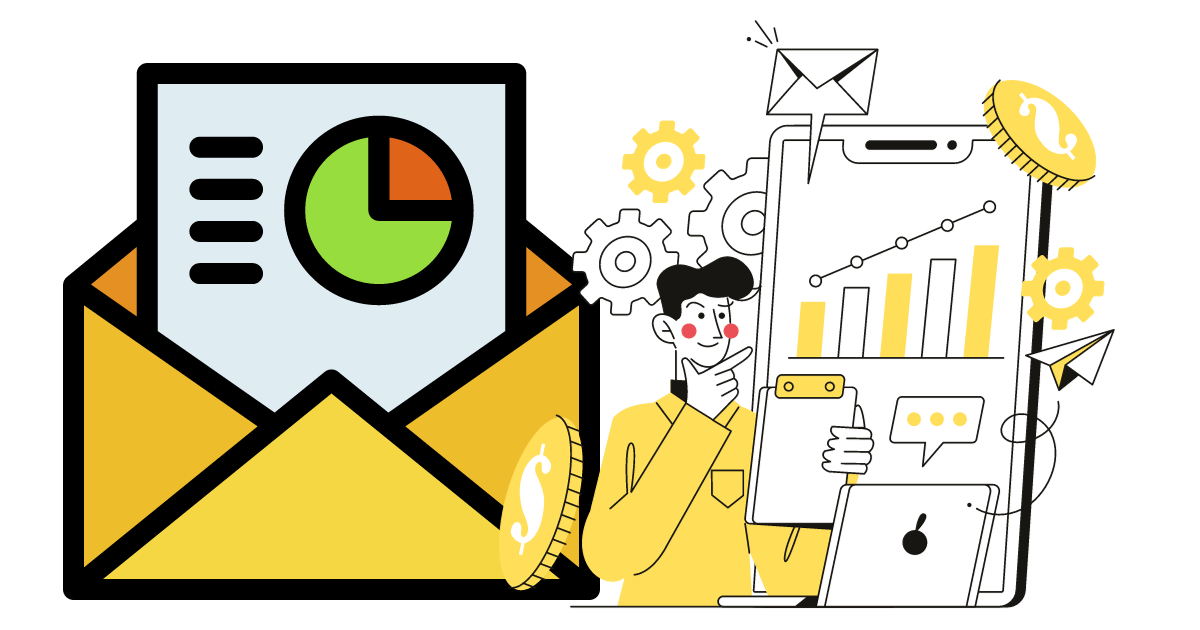




Hi my loved one I wish to say that this post is amazing nice written and include approximately all vital infos Id like to peer more posts like this
Thank you so much